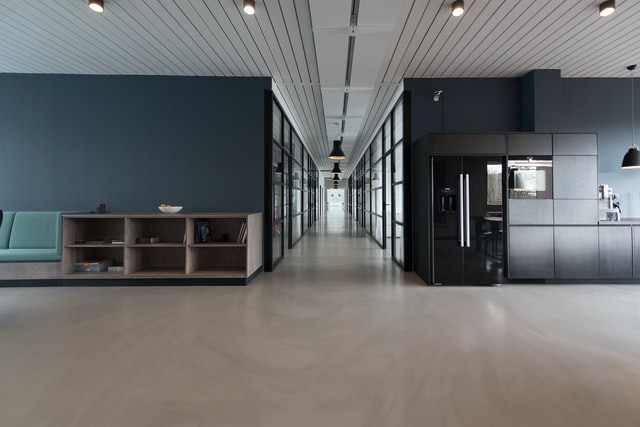Is There A 'Safer' Day Of The Week to Attend The Office?
In terms of virus transmission risk, are there days that are “safer” to attend the workplace than others? According to the Infogrid Air Quality Index, only...
Read Full ArticleIndoor Air Quality has been at the front of our minds as we navigate through a global pandemic, and we have learned that effective air distribution can minimise the risk of spreading COVID-19.
According to the United Nations Environment Programme, indoor and outdoor air pollution is the most urgent environmental health crisis in the world. The importance of air quality and adequate ventilation in the COVID-19 response has also been widely documented, with ventilation measures considered the most vital engineering mechanisms in infection control within buildings. Research from both REHA and CIBSE shows that adequate ventilation and effective air distribution can minimise the risk of cross-infection from 1.5 metres onward.
IAQ stands for Indoor Air Quality, and is broadly defined as the air quality in and around buildings. It usually relates to the health and wellbeing of people using, living or working in a building.
The Parliamentary Office of Science and Technology defines indoor air pollution as a mixture of:

Picture: a photograph of a spacious office interior
The United States Environmental Protection Agency states the primary causes of poor indoor air quality as:
It is known that COVID-19 is highly infectious and that there is an increased risk of transmission through the air especially in enclosed spaces. The smaller droplets from an infected person can travel further inside, thus increasing the risk of infecting others. To minimise that risk and that of transmission, correct ventilation becomes crucial.
Therefore, increasing flow rates of fresh outside air and avoiding re-circulation and transfer of air from one room to another are recommended for COVID-safe environments.
Several air quality treatments promise to banish coronavirus from buildings. Most of these use high output UVC light technology, drawing in air, passing it through the air through a high output UVC energy field, deactivating these microbes and delivering clean air back into the facility.
Picture: a photograph of people sitting at tables and chairs indoors, the view is from above
Article written by Ella Tansley | Published 12 May 2021
In terms of virus transmission risk, are there days that are “safer” to attend the workplace than others? According to the Infogrid Air Quality Index, only...
Read Full ArticleDuring the pandemic, COVID has raised the profile of the quality of the air we breathe in our buildings – how do we maintain this priority throughout the winter...
Read Full ArticleThe EnviroKlenz Air System is used to ensure clean air in a variety of high traffic environments, such as dentistry studios and school classrooms. According to...
Read Full ArticleA report commissioned by the government’s chief scientific adviser Sir Patrick Vallance has highlighted the crucial role played by building ventilation in...
Read Full ArticleBureau Veritas is stressing the need to carry out indoor air quality surveys, swab-sampling programs and quantification of fresh air assessments, to ensure premises...
Read Full ArticleBiojet, from CPA Engineered Solutions, is a high volume air cleaning device that claims to deactivate up to 99.99 per cent of viruses (including coronavirus), mould and...
Read Full ArticleAs the UK tries to look beyond its latest lockdown, air quality treatments are promising to banish coronavirus concerns for good. Steve Skerrett addresses the issue of...
Read Full ArticleA British firm has developed a new system designed to help buildings with air management systems make their air supply secure against airborne pathogens. As COVID-19...
Read Full ArticleA policy paper launched at the Building Engineering Services Association’s World Ventilation Day event suggests there is a “two-year window of...
Read Full ArticleWith hay fever affecting one in four adults, how can workplace managers ensure sufferers are comfortable at work during the hay fever season? Hay fever season usually...
Read Full Article